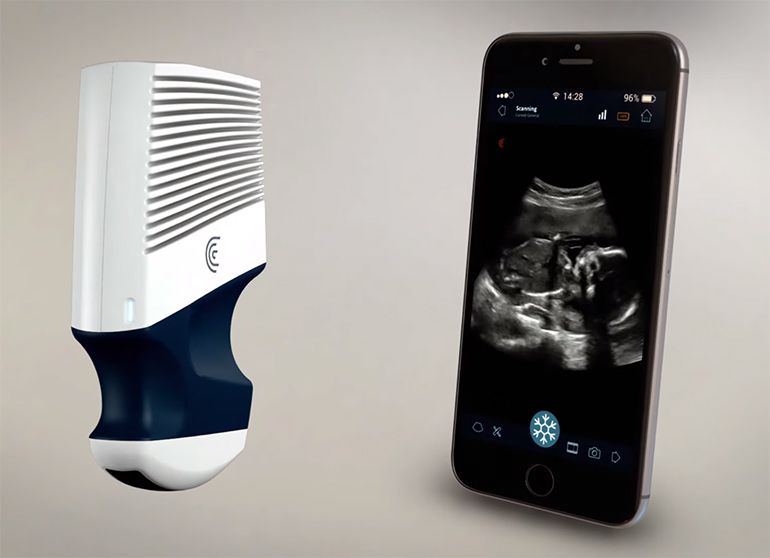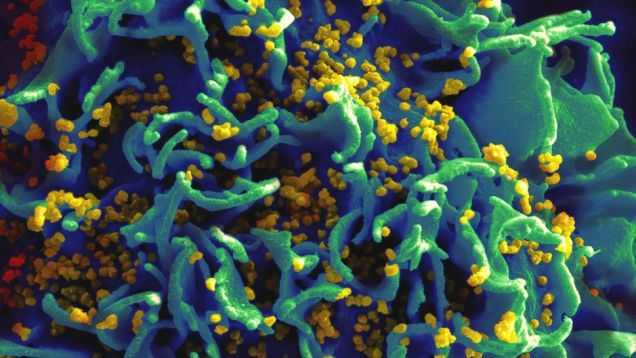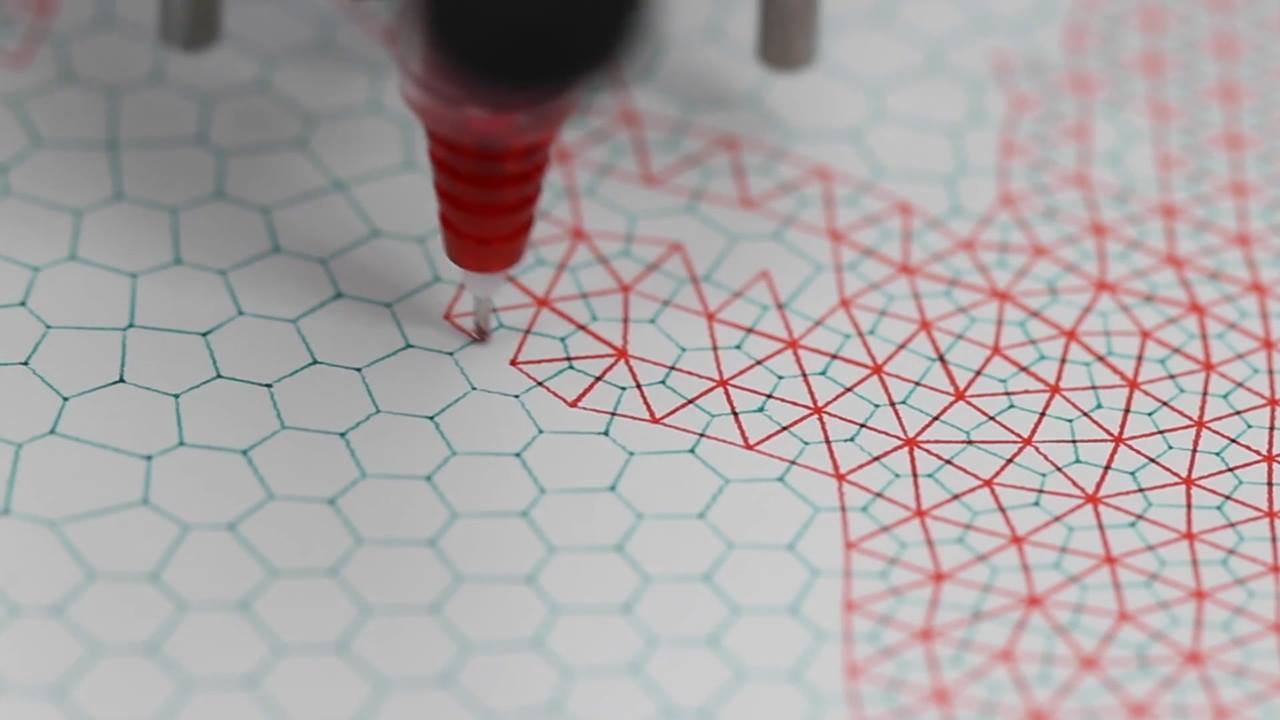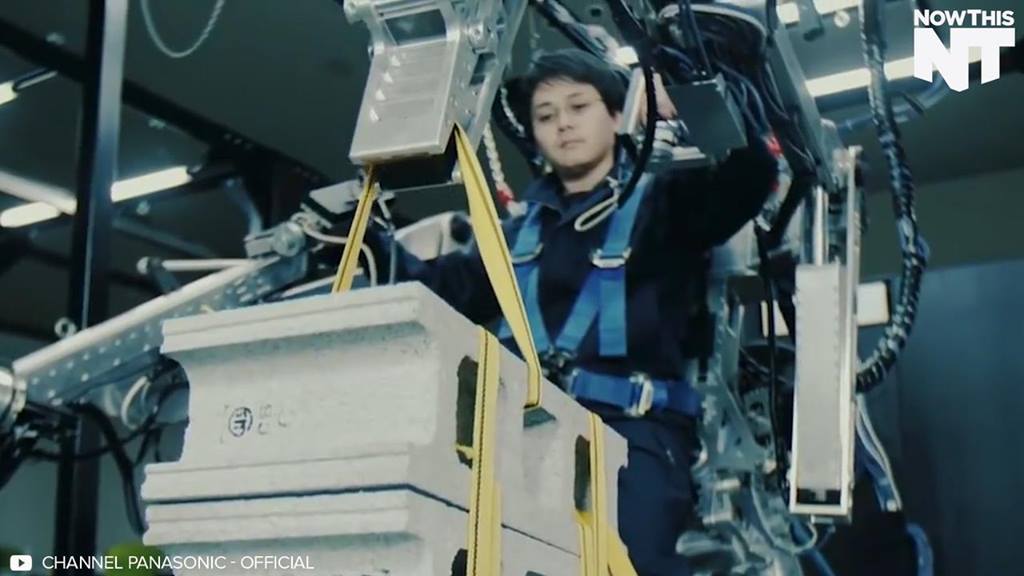Page 10798
Mar 22, 2016
Effect of systemic transplantation of bone marrow-derived mesenchymal stem cells on neuropathology markers in APP/PS1 Alzheimer mice
Posted by Steve Hill in categories: biotech/medical, neuroscience
Stem cells hold great potential!
Aims: Mesenchymal stem cells (MSC) have recently attracted interest as a potential basis for a cell based therapy of AD. We investigated the putative immune-modulatory effects in…
Mar 22, 2016
HIV Genes Successfully Edited Out of Immune Cells
Posted by Sean Brazell in categories: bioengineering, biotech/medical, genetics
This could have some truly profound implications for the treatment of all viruses, including HIV!
Researchers from Temple University have used the CRISPR/Cas9 gene editing tool to clear out the entire HIV-1 genome from a patient’s infected immune cells. It’s a remarkable achievement that could have profound implications for the treatment of AIDS and other retroviruses.
When we think about CRISPR/Cas9 we tend to think of it as a tool to eliminate heritable genetic diseases, or as a way to introduce new genes altogether. But as this new research shows, it also holds great promise as a means to eliminate viruses that have planted their nefarious genetic codes within host cells. This latest achievement now appears in Nature Scientific Reports.
Continue reading “HIV Genes Successfully Edited Out of Immune Cells” »
Consciousness is one of the most mysterious phenomena we know of. But evidence is emerging that it might just be a very special kind of information processing.
Mar 22, 2016
This Place Can Make YOU Feel the ABSOLUTE Freedom! A Place Without Politics, Religion or Money
Posted by Shailesh Prasad in category: economics
Peacefully nestled in the Viluppuram district near Puduchery, Tamil Nadu, is a township like none other. Transcending money, politics and religion, welcome to Auroville, the City of Dawn.
“Auroville is meant to be a universal town where men and women of all countries are able to live in peace and progressive harmony, above all creed, all politics and all nationalities. The purpose of Auroville is to realize human unity.”
It was founded on 28th February, 1968, by Mirra Alfassa (known as “The Mother”) as a project of the Sri Aurobindo Society. Mirra Alfassa was the spiritual collaborator of Sri Aurobindo, who held the notion that “man is a transitional being”. It was designed by Roger Anger.
Mar 22, 2016
This machine can perfectly draw or write anything
Posted by Shailesh Prasad in category: futurism
Mar 22, 2016
This Panasonic exoskeleton is designed to run, hike, and lift large objects
Posted by Shailesh Prasad in category: cyborgs
Mar 22, 2016
Clarius Introduces Wireless Ultrasound Transducer for Your Smartphone
Posted by Klaus Baldauf in categories: health, mobile phones

 Clarius Mobile Health, a firm based outside of Vancouver, Canada, is unveiling a wireless ultrasound transducer that uses your Android or Apple iPhone as the display and control system. There aren’t many details provided by Clarius about the product, but the company expects these ultrasounds to be used for procedures such as nerve blocks and for helping to deliver needle injections. The device has yet to receive clearance from the world’s regulatory bodies.
Clarius Mobile Health, a firm based outside of Vancouver, Canada, is unveiling a wireless ultrasound transducer that uses your Android or Apple iPhone as the display and control system. There aren’t many details provided by Clarius about the product, but the company expects these ultrasounds to be used for procedures such as nerve blocks and for helping to deliver needle injections. The device has yet to receive clearance from the world’s regulatory bodies.
Check out the preview video for the Clarius mobile ultrasound:
Continue reading “Clarius Introduces Wireless Ultrasound Transducer for Your Smartphone” »
Mar 22, 2016
Should You Get Paid For Your DNA?
Posted by Shailesh Prasad in categories: biotech/medical, genetics
Whether people with rare genetic mutations that result in important medical discoveries should be compensated is a topic of intense debate.
Mar 22, 2016
Scientists have seen the shockwave from a star’s collapsing core for the first time
Posted by Shailesh Prasad in categories: military, space
Astronomers have for the first time seen a shockwave generated by a star’s collapsing core and captured the earliest minutes of two exploding stars.
An international team of scientists found a shockwave only in the smaller supernova, a finding that will help them understand these complex explosions which create many of the elements that make up humans, the Earth and the Solar System.
“It’s like the shockwave from a nuclear bomb, only much bigger, and no one gets hurt,” says Brad Tucker from the Australian National University (ANU).















